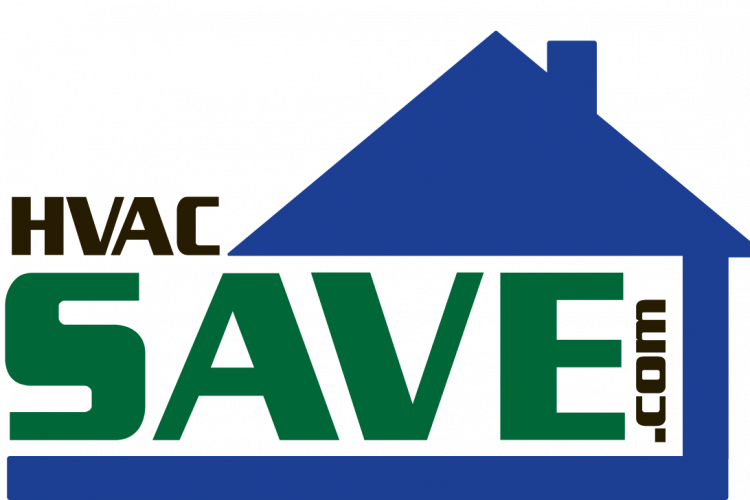
In September, the U.S. Department of Energy’s Office of Energy Efficiency and Renewable Energy completed a case study profiling MEEA’s HVAC Savings Adjustment and Verified Efficiency (HVAC SAVE) program, which tells the story of how MEEA partnered with utilities in Iowa to launch a HVAC quality installation and quality maintenance program that has resulted in over 100,000 jobs and substantial energy savings.
The study describes how increasing federal efficiency standards for HVAC equipment in 2010 encouraged Iowa utilities and program administrators to invest in quality installation programs, since this meant the associated baseline assumptions for deemed savings estimates were set to increase, ultimately lowering the incremental savings utilities could claim for HVAC equipment replacements. Given this landscape, the HVAC SAVE program launched in Iowa as a voluntary program.
HVAC SAVE: An Overview
HVAC SAVE consists of technical training, certification and field performance testing and methodology. MEEA, in partnership with Energy Stewards International (ESI), developed a training that focuses on mechanical adjustments and additions that optimize the performance of installed equipment, such as fan speed adjustment, airflow adjustments and filtration system modifications. The training is approved for continuing education units for Iowa’s PMSB state license, BPI certifications and NATE licenses. Students who successfully complete this training become HVAC SAVE certified for two years and gain access to web-based software that enables them to assess HVAC equipment performance in real time.
HVAC SAVE Evolves to a Full-Scale Program
After three years of the Iowa utilities offering HVAC SAVE on a voluntary basis, the program was able to take lessons learned to launch a full-scale program on January 1, 2014. Since that time, a contractor must be HVAC SAVE certified in order to offer customers of Alliant Energy, Cedar Falls Utilities or MidAmerican Energy Company HVAC rebates.
In addition to holding an HVAC SAVE certification, the contractor must also perform an HVAC SAVE test, inputting measurements into the software. These measurements include a series of temperatures, airflows and static pressures. Based on these measurements, the software generates, in real-time, an HVAC SAVE score which indicates the true operating performance of the installed equipment. Currently, the utilities require a minimum SAVE score of 85 for the job to be considered for a rebate. Adjustments can be made to the system at the time of installation in order to achieve this score. This type of field testing can generally be completed in less than an hour. The SAVE software also generates a certification, which they can provide to homeowners indicating their equipment was installed leveraging HVAC quality installation practices.
Overcoming Program Launch Challenges
Contractor Buy-In
The completed case study outlines some of the program launch challenges. One hurdle the program faced was achieving contractor buy-in. Many contractors were concerned not only with the additional testing requirements that were being implemented, but also the associated costs of the training and software licensing. After hearing this feedback through a series of roundtable discussions with the utilities and contractors, the utilities purchased software access for contractors prior to the full-scale program launch in 2014. Contractors in turn paid for their own $600 HVAC SAVE tuition. Another contributing factor to achieving contractor buy-in was the program’s efforts in engaging distributors to promote the HVAC SAVE training and process to contractor networks.
Establishing Energy Savings
In addition to achieving contractor buy-in, it was also imperative for the program to achieve energy savings buy-in from the utility regulatory bodies. A cost-effectiveness rationale needed to be established. Therefore, in 2016, MEEA contributed to the Iowa Technical Reference Manual (TRM) stakeholder input process, leveraging completed U.S. Department of Energy field studies to suggest a de-rating of 6.4% to the assumed installed efficiency of furnaces and 10.5% on central air conditioners that do not include HVAC SAVE verification. This type of de-rating does not put previously claimed savings at risk, since it can be assumed that the deemed baseline efficiencies were not installed using quality installation practices.
Program Results
Since the program launch in 2010, over 2,400 contractors have been trained and achieved an HVAC SAVE certification through over 130 trainings, resulting in over 100,000 jobs entered into the software. The 6.4% de-rating algorithm for furnaces has been included in the Illinois TRM, and MEEA is working to include the 10.5% de-rating algorithm for central air conditioners in the near future. The program successfully launched pilots for Minnesota and Illinois territories, and is hopeful to expand into other states as well.
Further Reading
The completed case study is posted within the recently developed “Technology Solutions” section of the Residential Program Solutions Center website.
Completed U.S. Department of Energy field studies and other resources can be found within the Resource Library of the HVAC SAVE website.